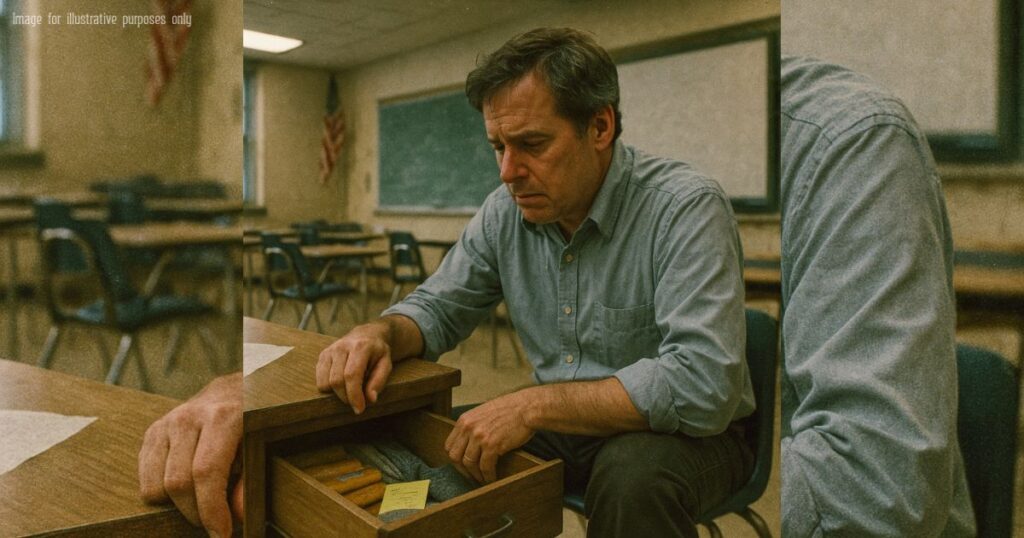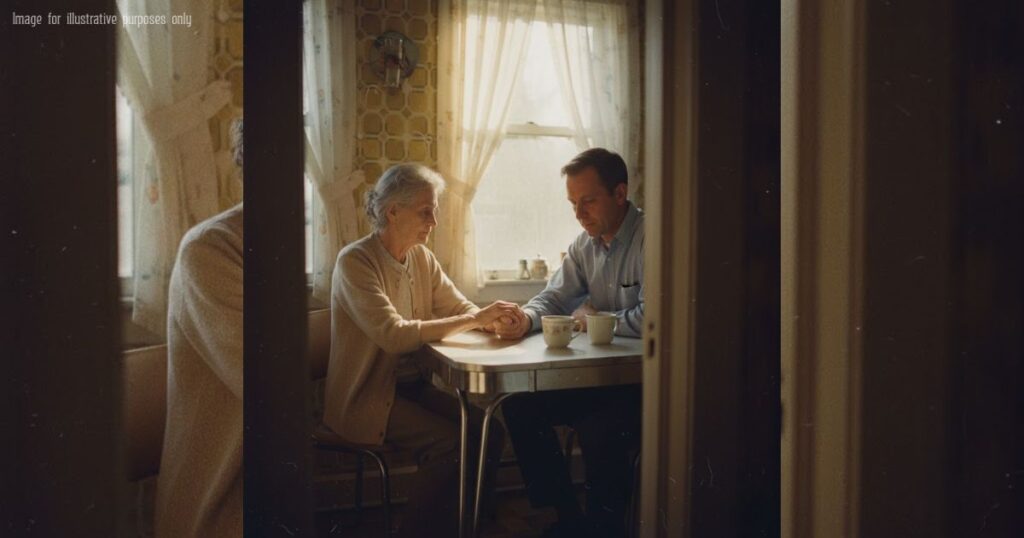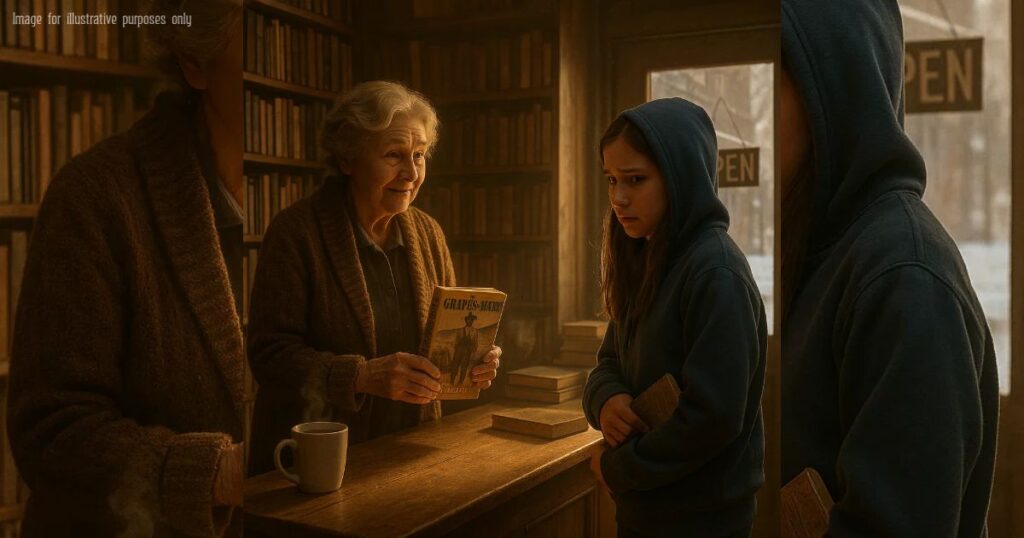A hand shot up in the back.
It was Caleb—the boy whose mom made extra bologna sandwiches. He wasn’t supposed to speak. He did anyway.
“I’m sixteen,” he said, his voice shaking but loud. “I don’t know about liability. I don’t know what ‘sustainable’ means in a budget meeting. I just know that last winter, my little sister slept in her coat, and I put two granola bars from that drawer in her lunchbox so she wouldn’t cry at school.”
He looked straight at the Board.
“If your first reaction to that story is ‘but what about the rules,’ maybe the problem isn’t the drawer.”
You could feel the line split the room in half.
Some people nodded. Others bristled.
That’s the thing about a story like this: it doesn’t land in a neutral country. It lands on people’s pride, their politics, their fears, their guilt.
In the end, the Board did what Boards do: they compromised.
They voted to create an official “Resource Room”—a small closet by the counselor’s office with shelves of snacks, hygiene items, and donated clothing. There would be forms. A sign-in sheet. Donation guidelines. Allergy charts. A committee.
“It’s progress,” Mr. Alvarez said afterward, shaking my hand. “You started something, Tom. Be proud.”
I walked back to Room 204 feeling both relieved and strangely hollow.
The next morning, I opened the bottom drawer out of habit.
Sitting inside were three new items:
A pack of instant oatmeal.
A small bottle of lotion.
And a note, written in different handwriting than before.
“Systems are good. So are secrets. Please don’t close this one forever.”
No name. Just a little doodle of a heart wearing sneakers.
Here is the part that will probably start a whole new argument in the comments section if this story makes it to someone’s timeline:
I did not shut the drawer.
I use the Resource Room now. I send kids there. I donate to it. I’m glad it exists.
But the drawer stays, too.
Not as a rebellion against the district. Not as a dramatic stand against “the system.” But as something else.
As proof that while the adults argue about whose job it is to help, the kids are already helping each other.
As a reminder that policy can build scaffolding—but it can’t replace the quiet, unrecorded gestures that happen when no one is watching and no one is writing minutes.
The Lesson (Part 2):
You’re allowed to disagree with me.
Maybe you think I overstepped. Maybe you believe schools should never fill the gaps left by families, or that charity should be invisible, or that every act of kindness needs a permission slip.
But before you post your opinion, ask yourself one question:
When a child is hungry, cold, or ashamed… do you want the adults in their life to freeze because they’re afraid of doing it wrong?
Or do you want them to open the drawer?
You don’t have to be a teacher to keep a drawer like this.
It can be a glove compartment. A backpack. A shelf in your garage. A box in your office.
Stocked with snacks. Socks. Soap. Spare time. A ride. A listening ear.
The world will keep arguing about whether people like me are heroes or liabilities.
I don’t care about that anymore.
I care about making sure that, in a country this rich and this loud, not one more kid has to whisper, “It wasn’t my turn to eat today.”
If that means my bottom drawer is controversial, so be it.
Thank you so much for reading this story!
I’d really love to hear your comments and thoughts about this story — your feedback is truly valuable and helps us a lot.
Please leave a comment and share this Facebook post to support the author. Every reaction and review makes a big difference!
This story is a work of fiction created for entertainment and inspirational purposes. While it may draw on real-world themes, all characters, names, and events are imagined. Any resemblance to actual people or situations is purely coincidenta


